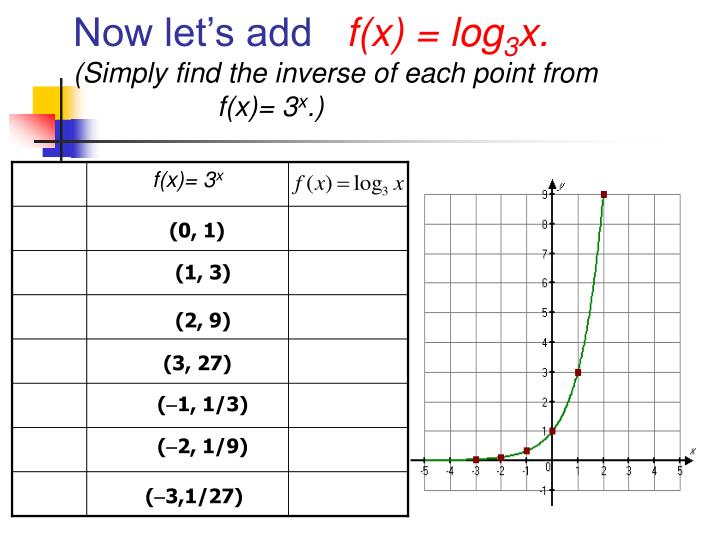

Textbook content produced by OpenStax is licensed under a Creative Commons Attribution License. Use the information below to generate a citation. Then you must include on every digital page view the following attribution: If you are redistributing all or part of this book in a digital format, Then you must include on every physical page the following attribution: If you are redistributing all or part of this book in a print format, Want to cite, share, or modify this book? This book uses the Both horizontal shifts are shown in Figure 6. For example, if we begin by graphing the parent function f ( x ) = 2 x, f ( x ) = 2 x, we can then graph two horizontal shifts alongside it, using c = 3 : c = 3 : the shift left, g ( x ) = 2 x + 3, g ( x ) = 2 x + 3, and the shift right, h ( x ) = 2 x − 3. The next transformation occurs when we add a constant c c to the input of the parent function f ( x ) = b x, f ( x ) = b x, giving us a horizontal shift c c units in the opposite direction of the sign. The asymptote also shifts down 3 3 units to y = − 3.The y-intercept shifts down 3 3 units to ( 0, − 2 ).When the function is shifted down 3 3 units to h ( x ) = 2 x − 3 : h ( x ) = 2 x − 3 :.The asymptote shifts up 3 3 units to y = 3.The y-intercept shifts up 3 3 units to ( 0, 4 ).When the function is shifted up 3 3 units to g ( x ) = 2 x + 3 : g ( x ) = 2 x + 3 :.The domain, ( − ∞, ∞ ) ( − ∞, ∞ ) remains unchanged.Observe the results of shifting f ( x ) = 2 x f ( x ) = 2 x vertically: Both vertical shifts are shown in Figure 5. and that is exactly why graphing exponential equations is a powerful tool.

For example, if we begin by graphing a parent function, f ( x ) = 2 x, f ( x ) = 2 x, we can then graph two vertical shifts alongside it, using d = 3 : d = 3 : the upward shift, g ( x ) = 2 x + 3 g ( x ) = 2 x + 3 and the downward shift, h ( x ) = 2 x − 3. Graph exponential functions shifted horizontally or vertically and write the. The first transformation occurs when we add a constant d d to the parent function f ( x ) = b x, f ( x ) = b x, giving us a vertical shift d d units in the same direction as the sign. For instance, just as the quadratic function maintains its parabolic shape when shifted, reflected, stretched, or compressed, the exponential function also maintains its general shape regardless of the transformations applied. Just as with other parent functions, we can apply the four types of transformations-shifts, reflections, stretches, and compressions-to the parent function f ( x ) = b x f ( x ) = b x without loss of shape. Transformations of exponential graphs behave similarly to those of other functions. Graphing Transformations of Exponential Functions If a random variable X follows an exponential distribution, then the probability density function of X can be written as: f(x ) e-x. Observe how the output values in Table 1 change as the input increases by 1. The exponential distribution is a probability distribution that is used to model the time we must wait until a certain event occurs. Recall the table of values for a function of the form f ( x ) = b x f ( x ) = b x whose base is greater than one. Graphing Exponential Functionsīefore we begin graphing, it is helpful to review the behavior of exponential growth. It gives us another layer of insight for predicting future events. We learn a lot about things by seeing their pictorial representations, and that is exactly why graphing exponential equations is a powerful tool. Most of the time, however, the equation itself is not enough. Working with an equation that describes a real-world situation gives us a method for making predictions. Graph exponential functions using transformations.Īs we discussed in the previous section, exponential functions are used for many real-world applications such as finance, forensics, computer science, and most of the life sciences.Recall the table of values for a function of the form\,f\left(x\right)=+d, we can write the equation of a function given its description.

Before we begin graphing, it is helpful to review the behavior of exponential growth.


 0 kommentar(er)
0 kommentar(er)
